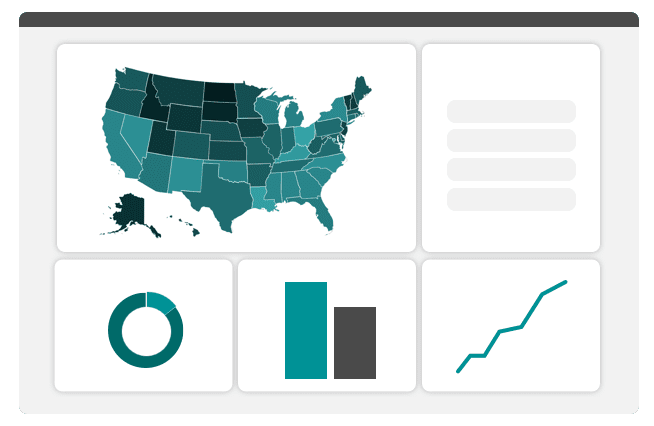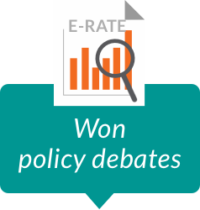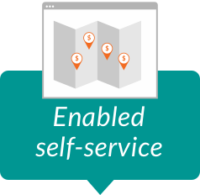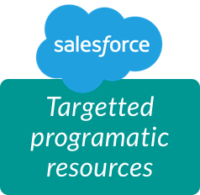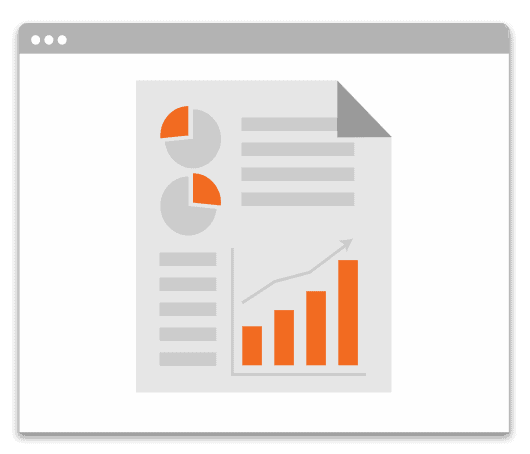- About
- Our Work
- Affordable Connectivity Program
- Broadband Adoption Program
- Free Apartment Wi-Fi
- K-12 Bridge to Broadband
- All Programs
- Resources
- ACP Wind-Down FAQs
- GetACP
- PromoteACP
- LearnACP
- ACP Enrollment Dashboard
- ACP Adoption Toolkit for Local Leaders
- ACP Adoption Toolkit for Schools
- ACP FAQs
- Free Apartment Wi-Fi Dashboard
- Blog
- Login


